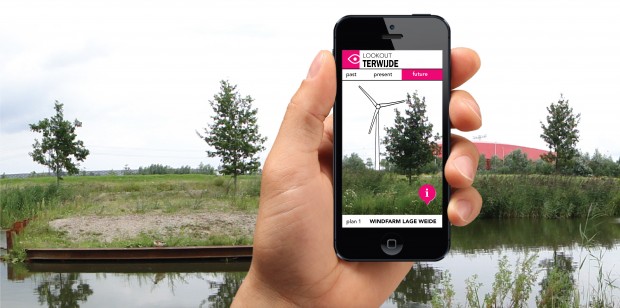The goal of this project was to develop a design intervention that motivates citizens to become active proponents for a local renewable energy plan. The focus of this assignment will be specifically on projects for wind-farms. This project was carried out in collaboration with Delft Institute of Positive Design and Energie-U. Energie-U is a non-profit local energy cooperative of citizens in Utrecht, whose aim is to locally produce and harvest solar and wind energy. The results of this project was featured in the second edition of WindNieuws magazine.
Although the majority of the public seems to support the idea of renewable energy, local communities resist implementation of windmills in their neighborhood. Citizens are more sensitive to immediate losses of having windmills in their neighborhood than to its potential gains. Future benefits, such as being independent of large energy companies or contributing to a sustainable future, fail to evoke positive emotions when people fear the negative consequences of a having a wind-farm in their neighborhood, such as the sight and sound of windmills. These negative consequences become even more threatening when opposing parties communicate them using an emotional and provocative language. As a result, 64% of citizens (see SmartAgent Company poll in 2008) receive the positive messages of proponents (e.g., developers and local governments) with suspicion and choose to remain undecided about the implementation of windmills. Under these circumstances, local governments often postpone or cancel implementation of local wind-farms.
A dilemma-driven design approach was used to explore the concerns and concern conflicts of citizens that play a role in adopting a certain attitude towards a local wind-farm. One dilemma seemed particularly promising to design with: Local residents want to enable the community to produce and consume its own energy, and at the same time, they want to prevent changes to their environment (e.g., a local wind-farm) that may harm local identity of the neighborhood.
The final design concept is a lookout point in the neighborhood that is linked to an online platform (i.e., a website). The lookout point attracts residents’ attention and invites them to visit a website through providing information about potential spatial developments to their neighborhood. On the website, residents can explore images of their neighborhood at three different points in time (past, present, and future) from the perspective of the lookout point they visited. If they click on the past option, they can explore how their neighborhood looked like in the past through photos retrieved from the archives of the local municipality. If they click on the present option, they see current images of the lookout point they previously visited. Finally, if they click on the past option, they encounter illustrations of how their neighborhood may look like in the future. These illustrations consist of several scenarios based on proposed spatial development plans, such as a future wind-farm, a crematorium, or wider roads to accommodate trucks, and they are visualized using simple sketches to facilitate imagination from the perspective of the lookout point.
This simple timeline of images emphasizes the fact that spatial change is constant, and thus, residents have an important role in choosing which spatial developments they want to support. Moreover, neutral information is provided about each future scenario, such as who the developer is, or what the possible effects on the neighborhood might be. Finally, before leaving the website, the platform invites the local residents to formulate their own vision for the future development of their neighborhood and share it with the neighborhood council.
The design concept subtly confronts the local residents with the fact that opposing a specific spatial plan (e.g., a wind-farm) is not a guarantee for their neighborhood to remain as it is. The design shows that every spatial plan comes with advantages and disadvantages for the neighborhood, and residents are stimulated to reflect on these advantages and disadvantages in an open way. Subsequently, they are free to determine what type of spatial change is important for their neighborhoods’ future.





